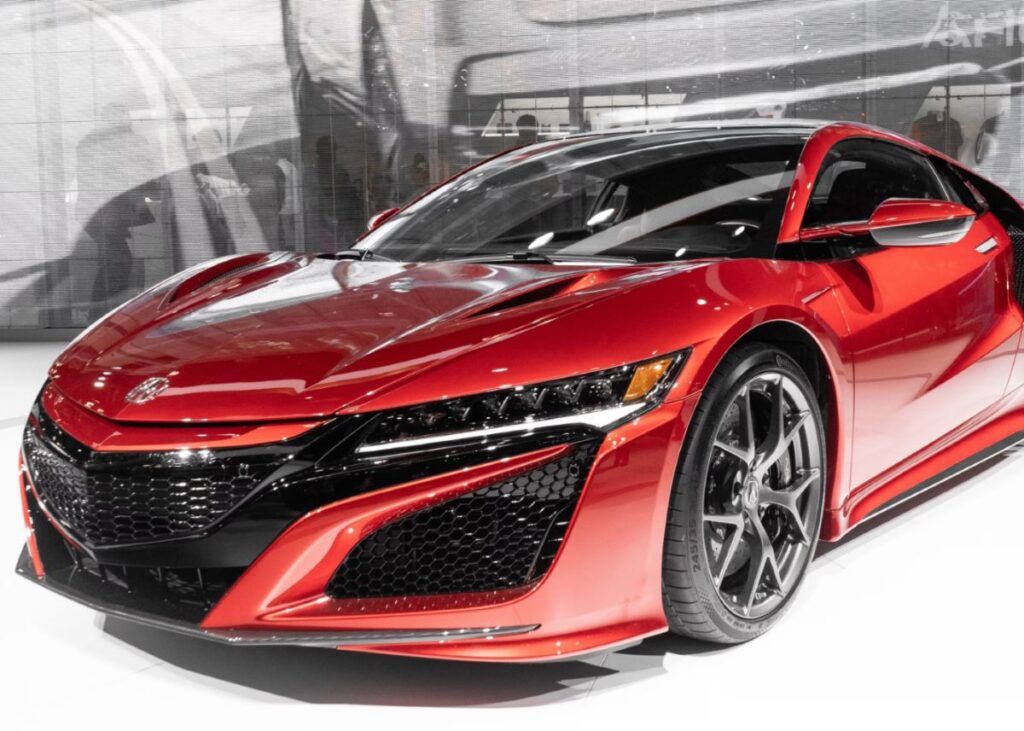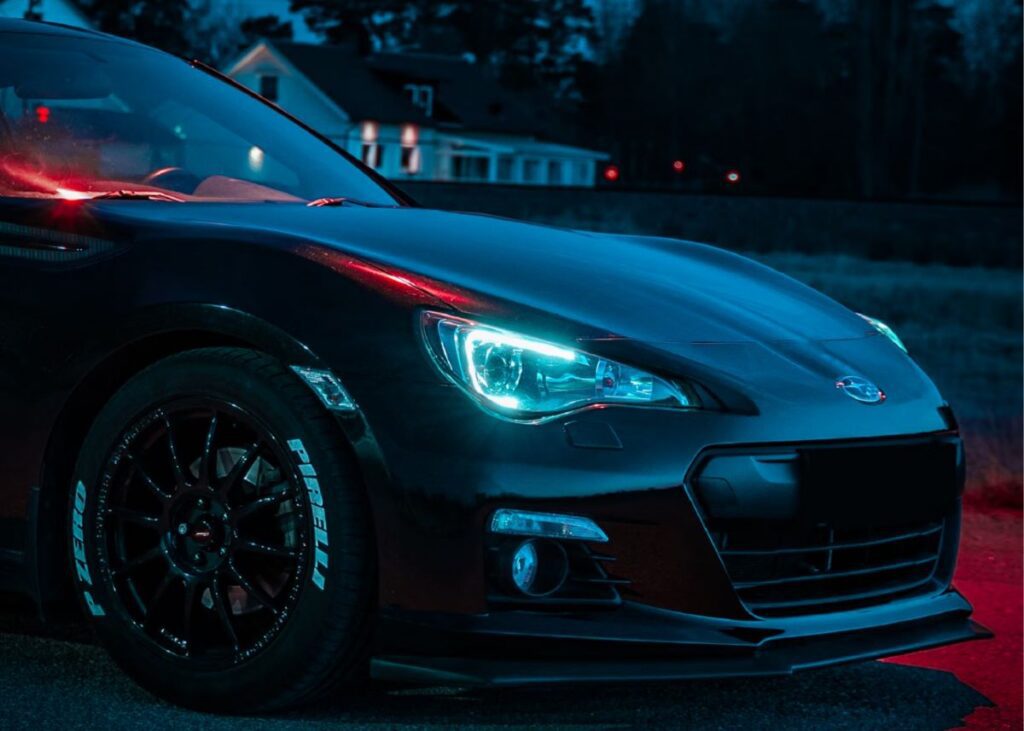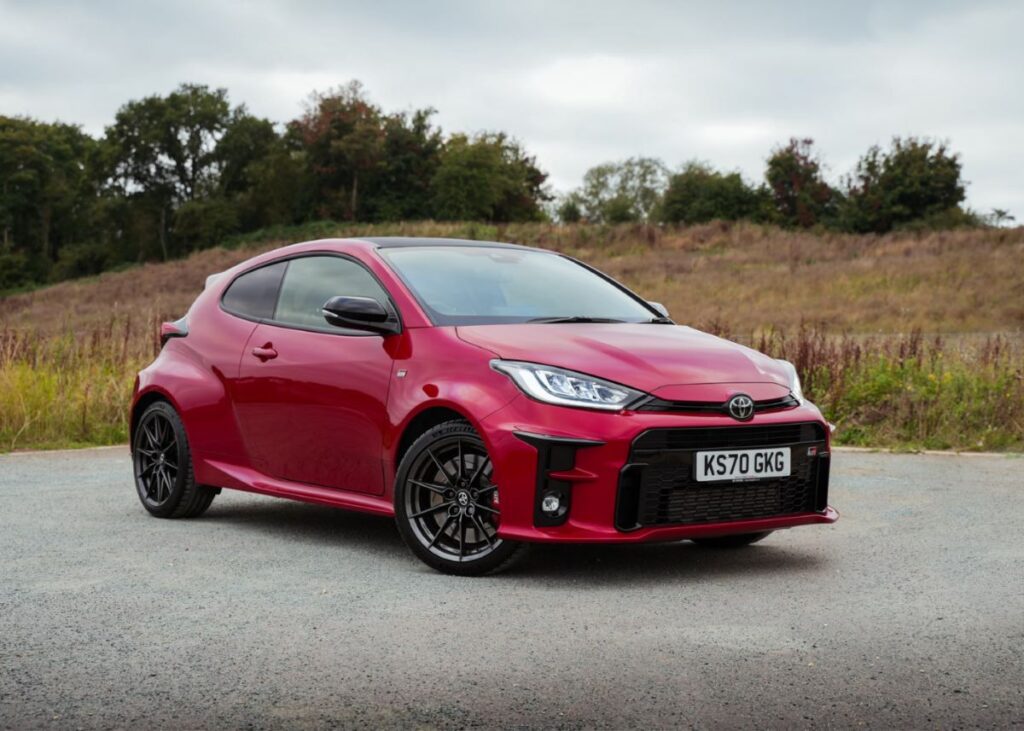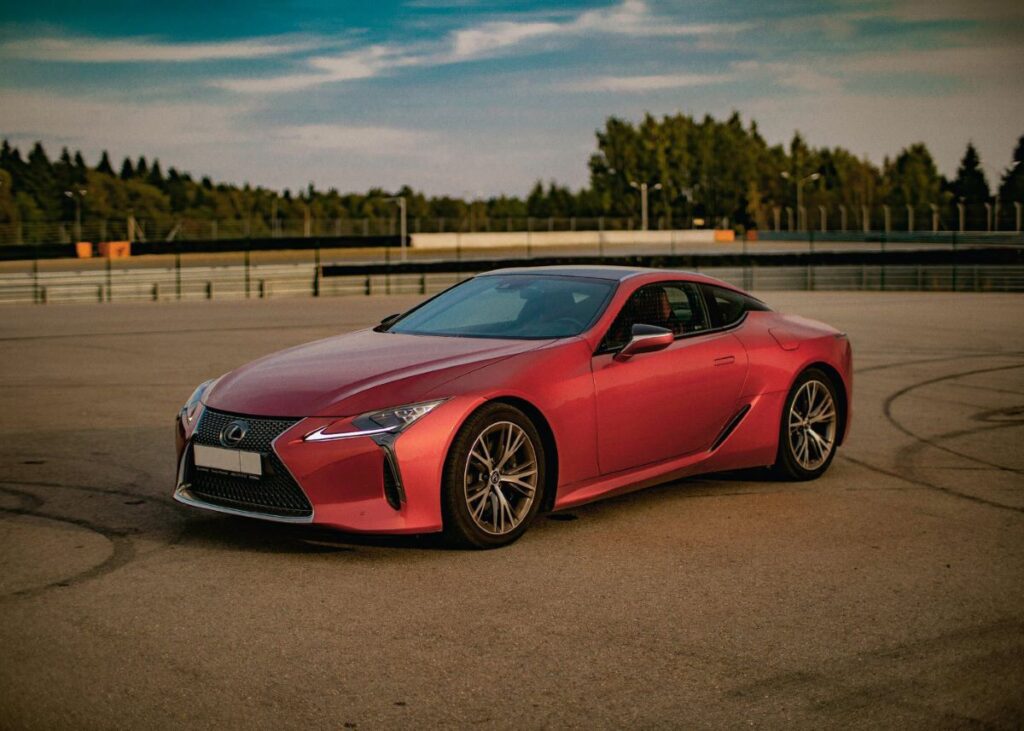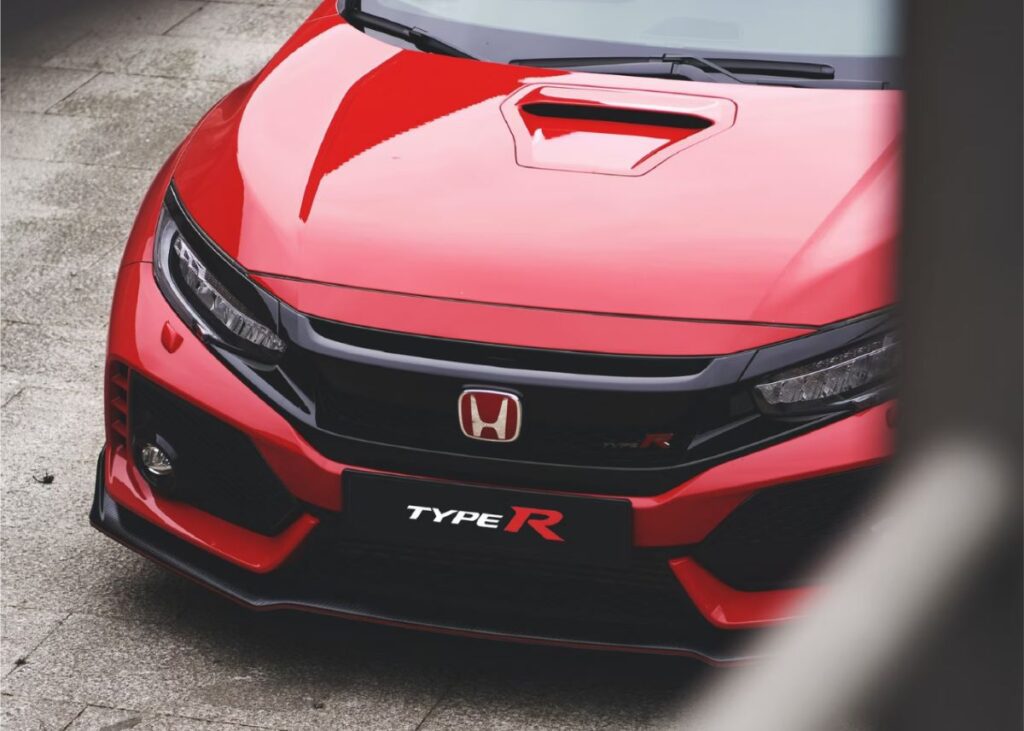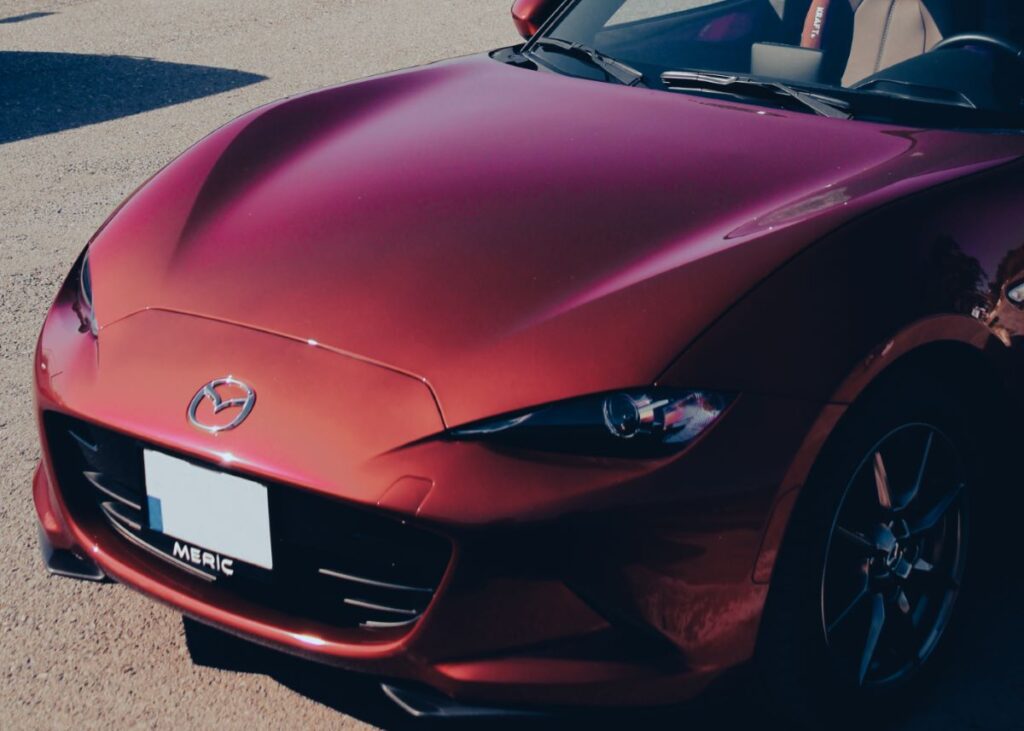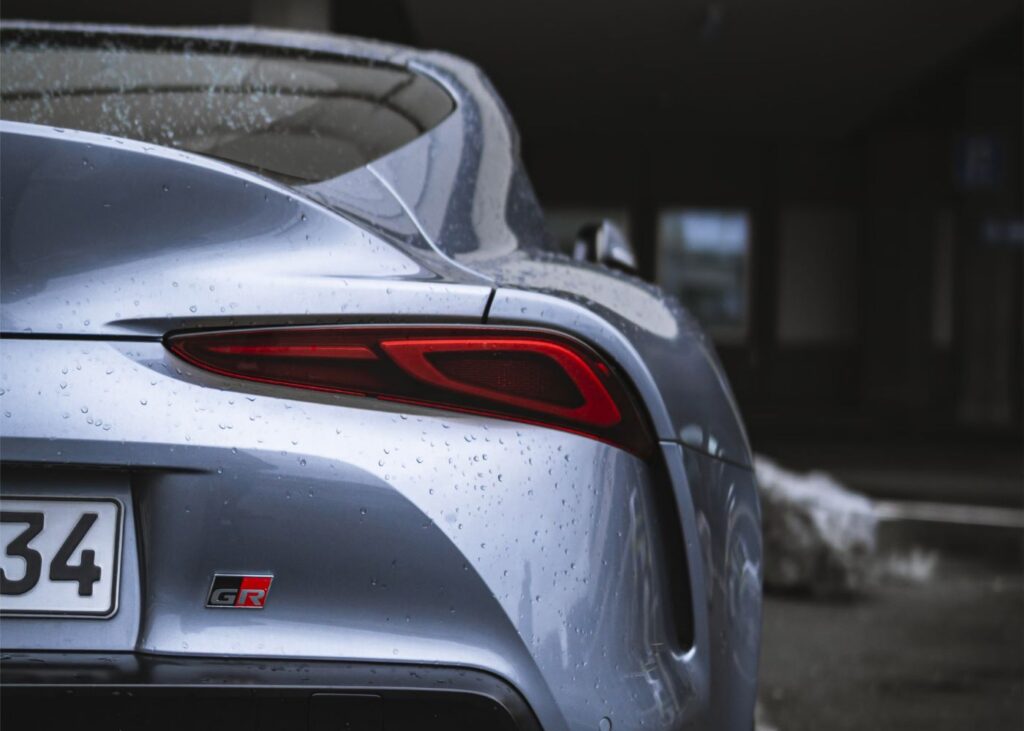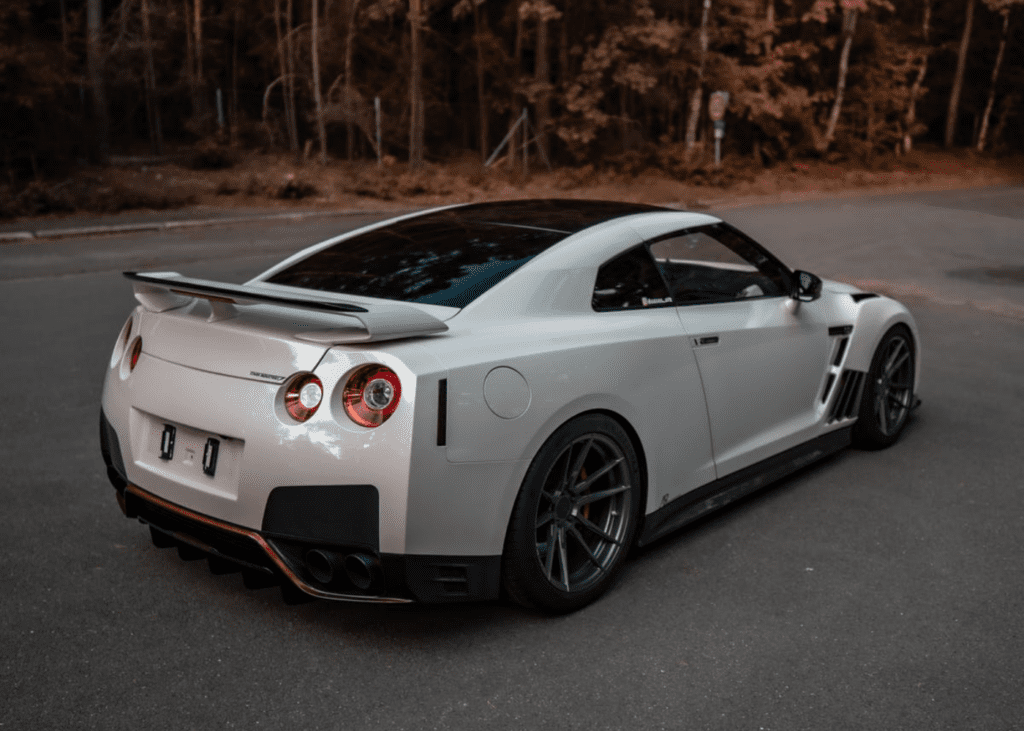High performance, technologically advanced motoring marvels and the Japanese auto industry have always gone hand-in-hand. But what’s most important is that, over the past few decades, superior offerings from Japan have not only landed firmly in the UK, but they’ve also dominated our shores.
What may have started off as a limited number of grey imports from Japanese domestic market (JDM)-only cars – quite often walking all over the best that Europe had to offer – is now about as mainstream as it gets. Japanese cars are now synonymous with the motoring landscape here in Britain and, when it comes to performance, they’re by no means the underdogs.
Of course, we could go on forever about the ‘tuner’ side of the market and what’s available with import-only cars, too. But just this once, we’ll limit our favourites to the modern Japanese performance road cars available brand-new over the past five years from UK main dealers, just to give you some supremely up-to-date examples. It also means that you’ll (hopefully) be looking at the most practical in terms of reliability, and the most affordable in terms of insurance and running costs… you may even get yourself a dealer warranty that’s worth the paper it’s printed on!
From cars with true racing pedigree to those with a legendary historic lineage, here are our top 10 modern Japanese performance cars that you can pick up today.


